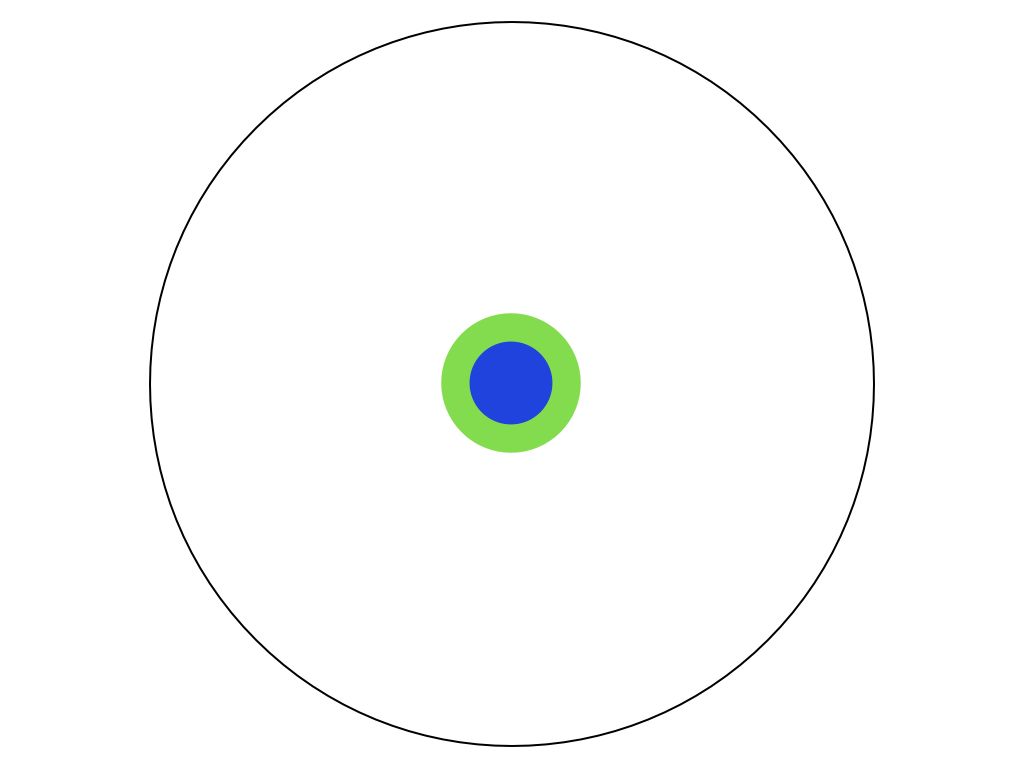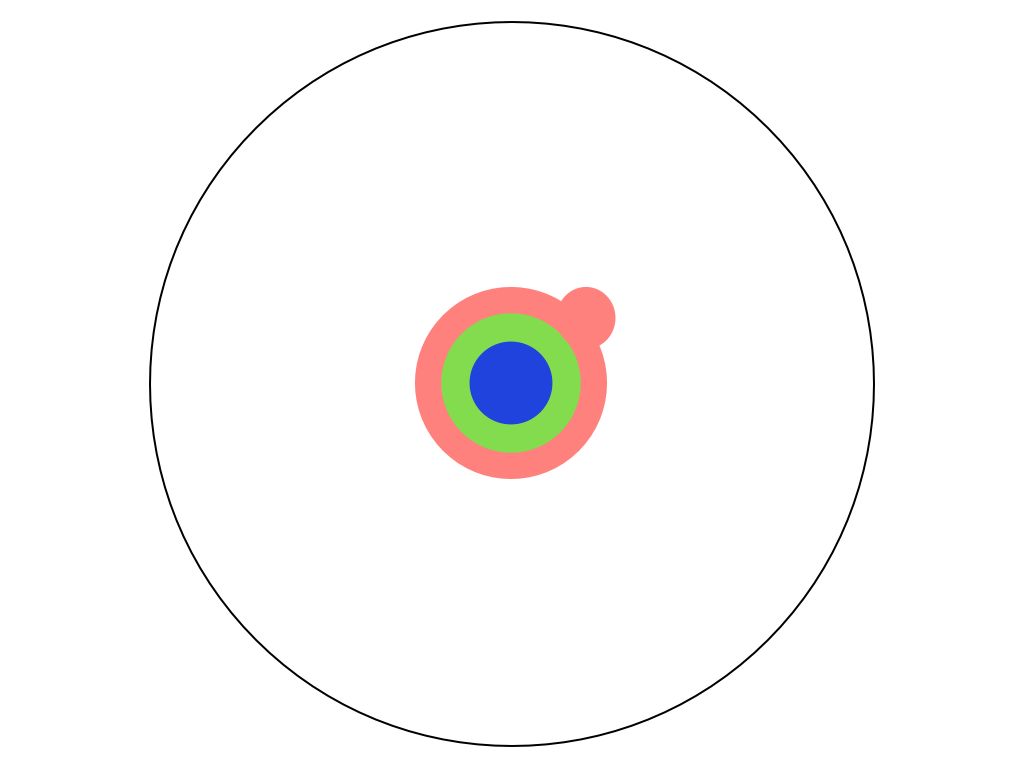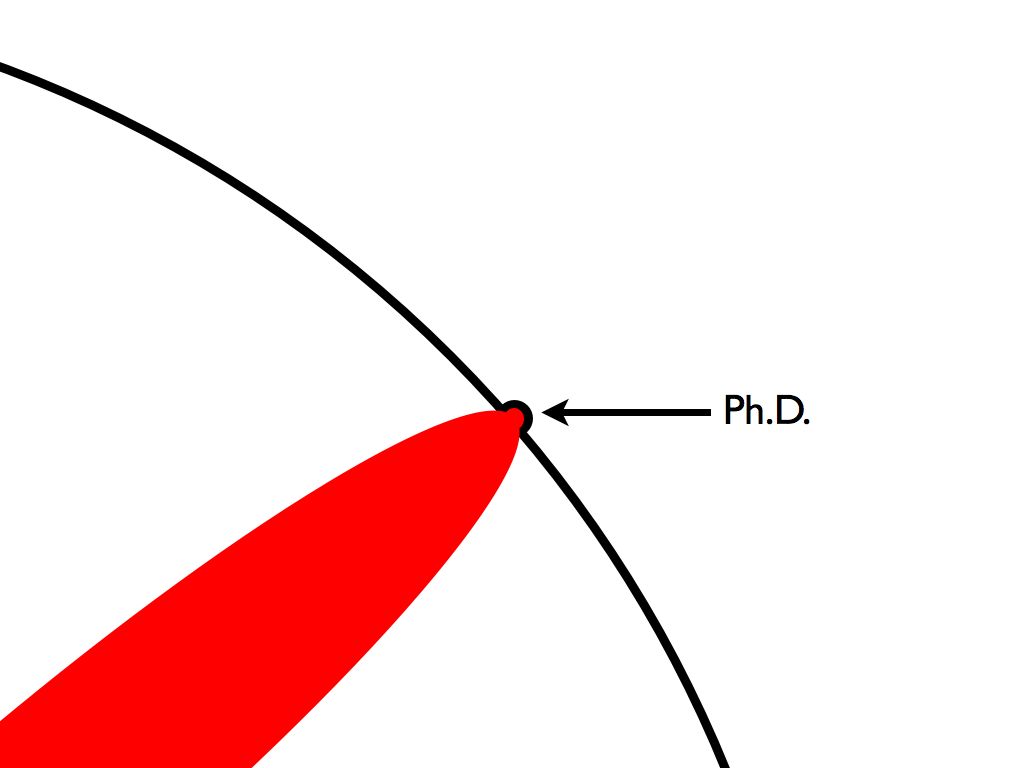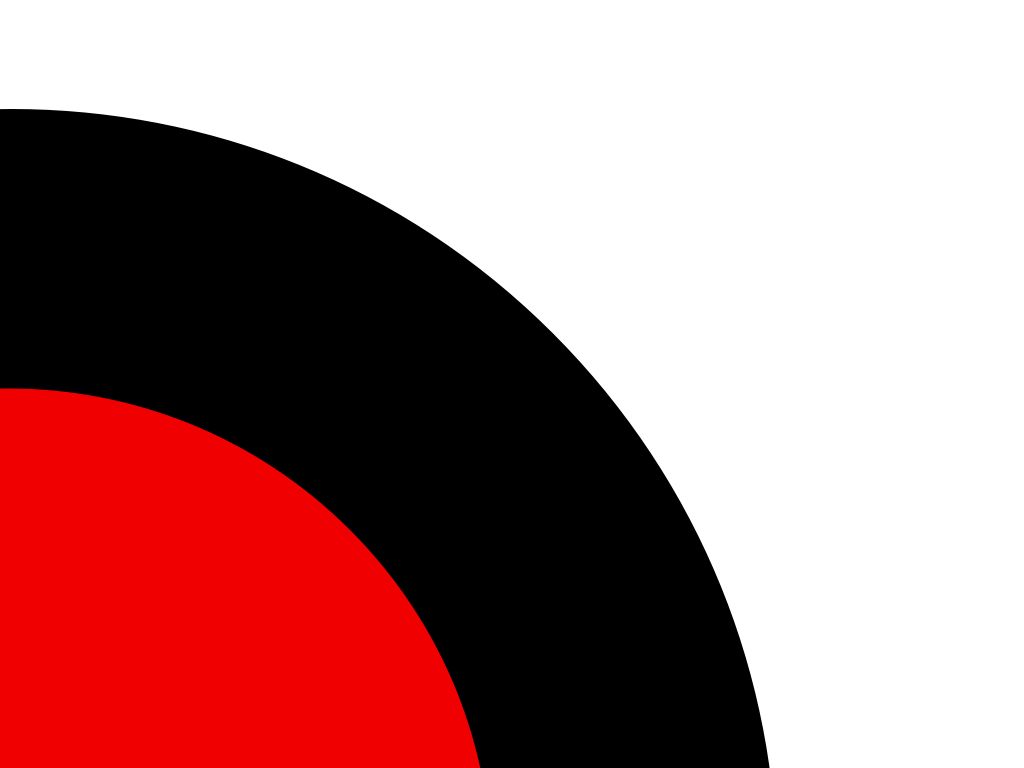To “manage”:
1. Be in charge of (a company, establishment, or undertaking); administer; run.
2. Administer and regulate (resources under one’s control): “we manage our wild salmon well”.
An dictinoary suggests the roots of the word: c.1400, from Latin manualis “of or belonging to the hand,” from manus “hand, strength, power over, armed force, handwriting,” from PIE *men– “hand, to take in one’s hand”
_ _ _ _ _ _ _
And maybe that’s the problem… many folks have taken the roots of the word ‘manage‘ far too literally. But, I’ll get to that in a second.
The other key component of the meaning of to ‘manage’ is to “administer“:
1. Manage and be responsible for the running of (a business, organization, etc.).
2. Be responsible for the implementation or use of (law or resources).
Unfortunately, we’re running around after our lost tail here… administer means to manage, and to manage means to administer…
(yet, tucked in there somewhere between our tailbone and our rectum is the: ‘be responsible for use of resources’)
The suggests the roots of administer are: late 14c., “to manage as a steward,” from Old French amenistrer “help, aid, be of service to” (12c., Mod.Fr. administrer, the -d- restored 16c.), from Latin administrare “manage, control, guide, superintend; rule direct,” from ad– “to” (see ad-) + ministrare “serve”.
So if we keep going on this little trip, what is a “steward“?
1. One who manages another’s property, finances, or other affairs.
2. One who is in charge of the household affairs of a large estate, club, hotel, or resort.
Roots of the word suggest: ‘Old English stiward, stigweard “house guardian,” from stig “hall, pen” + weard “guard.”
_ _ _ _ _
Now as we put this all together, some glaring contradictions arise, yet, maybe some insight into the ongoing issues of massive, resource-draining bureaucracies that become slurping, sucking, leeches all unto themselves. As well as insular, ivory-towered kingdoms surrounded by the pavement moat; separate from the serfs that provide the tax dollars to keep them afloat…
That aside… and not to discount the many folks that actually try to do good work amidst the sucking sounds inherent in a vacuum… or the folks that try valiantly to pull compadres out of their bureaucratic, paper-producing stupor…
If ‘to manage’ stems from what we do with our hands (manus-es), especially in relation to ‘handwriting’, and to manage also means ‘to administer’…
And ‘to administer’, means to be responsible for running things, and the roots of the word suggest that it means “to steward” things…
And to steward things, means to manage others’ affairs well (e.g. a public resource)…
And the roots of that word, suggest that it means to ‘guard the hall’ essentially. Or maybe we can stretch that out to say “guard the resources, that its supposed to be responsible for administering (e.g. managing)” — which is the fish and the habitat that they rely upon. And to do this, they will most likely — in the act of managing — rely upon lots of handwriting…
Then why is it that the Department of Fisheries and Oceans seems to be much more concerned with fisheries, as opposed to “managing”, “administering”, “stewarding/guarding” the resource it is tasked to do so with public dollars?
_ _ _ _ _ _
Don’t get me wrong here… fisheries are important, vital even. I, myself, engage in the act of fishing and fisheries often. I also grew up in communities that fundamentally relied upon ‘fisheries’ — however, those communities, and the simple act of fishing alone — require something vital to be successful.
FISH.
(and I can certainly say with safety — those same communities are asking where the fish went…)
The problems start to lie in what our collective focus is.
Is our collective focus to continue to manage, administer, and steward “fisheries”?
OR,
is it to continue to manage, administer, and steward the fish themselves — and the habitat they depend upon?
(even more so, if we see that healthy fish habitat is not all that different then the same habitat we depend on…)
Is the focus on ‘fisheries’ for next year… or is the focus on still having similar fisheries 50 years from now…?
_ _ _ _ _ _
And, I suppose the answer is: BOTH.
We need fish and healthy habitat to have healthy, prosperous fisheries.
BUT — should that mean that the responsibility for “managing”, “administering”, and “stewarding” the two should be housed in the same place?
Is it fundamentally possible for a government bureaucracy to hold the best interests of a resource (e.g. fish, salmon, etc. and their habitat) that it intends, in turn, to kill?
— and not just a few in the case of the salmon… it was over 80% of the returning Fraser sockeye runs for well over 50 years — the supposed Maximum Sustainable Yield. And now, we’re supposed to take comfort on years like this year when it is reduced to 60% of the total Fraser Sockeye run.
A total run, that has smaller runs within it on the verge of extinction and many that have gone extinct.
Mixed stock fisheries are inherently not good for the resource.
Mixed stock means that while in the act of fishing, it is near impossible to separate, say an endangered Nechako River (mouth is at Prince George, BC) sockeye and a sockeye from a potentially healthy Adams Lake run (near Kamloops, BC).
Or, say, an endangered Skeena River steelhead from an ‘human-enhanced’ Babine Lake sockeye.
If one sets a gill net, for example, it catches largely everything that swims into it… unless they’re big enough to rip the net and free themselves.
It then becomes what we term a “trade off”…
_ _ _ _ _ _
It seems to me that it’s akin to the old practice of having cigarrette vending machines in hospitals, so that the hospitals could raise money for their administrative budgets and ‘enhance’ the bottom line…
Or, having candy and pop vending machines in schools (to raise money for bottom lines), in the midst of a population that now boasts a majority either overweight or just plain obese (and at the same time cutting physical education and sports programs).
And not realizing (or simply chalking it up to a trade-off) that this only creates a much bigger problem in the near-enough future. A completely sapped and drained medical system.
It’s the fundamental problem of many human societies… short term gain, in the midst of serious long-term repercussions (obvious ones — clear as a smokers’ exhale on a minus-20 degree morning).
Yes… again… “trade-offs”…
_ _ _ _ _ _ _
Personally, and maybe I’m alone on this, I just don’t think it is possible for a giant bureaucracy, largely based in Ottawa, thousands of kilometres from both the spawning grounds and the fishery, to both look after the best interests of the fish (e.g. wild salmon) and the best interests of the fisherfolks that catch them.
It’s a fundamental contradiction, that will never be overcome.
(let alone the mass complications of simply managing the fisherfolks themselves: aboriginal, commercial-industrial, commercial-sport, and sport)
No different then the folks that say a ministry can’t house both aquaculture proponents and supporters AND the divisions responsible for the conservation and preservation of wild resources.
That’s essentially like putting the ‘management’ of wild elk populations and cattle farmers in the same ministry.
_ _ _ _ _ _
Saddest of all… and yet, one positive from the Cohen Commission at this point, is these glimpses inside the grinding of gluttonous government bureaucracies.
One can review any number of email threads between senior ‘managers’ at DFO. At times, a curious process and yet also a sad process — reflecting a sad state of affairs — and the proof that many take the word “to manage” very much by its roots… the act of handwriting, which in this day in age is typing…
On the Cohen Commission website there is ‘evidence’ from yesterday’s hearings (Sept. 26). Some of those are email strings between senior managers.
In one is an ongoing email discussion surrounding an apparent “National Precautionary Approach Framework” . In there are the usual examples of how ‘the words’ and “the wording” are far more important, as are bureaucratic deadlines, than what happens on the water.

it's about the wording, folks
.
And, this below, pretty much the suggestion I’ve made in a variety of posts over the last couple years:
this “is as close as we are likely to come to making ‘eco-system’ management operational.”
“as close as we’ll come”… so how close is that?
Is this like the protective father that says to the young suitor of his 16 year old daughter — ” 20 ft. is as close as you’ll ever come to making your amorous intentions operational…” as he pats the shotgun by the door…
Using the phrase, “as close as we’ll come” generally suggests there is some significant distance between the present situation and the desired end destination.
_ _ _ _ _ _
Looking after, stewarding, and managing one of BC’s most important and valuable ‘resource’ — wild salmon runs — is farm more about ‘operational objectives’ and ‘measurable fishery objectives’ and making ‘trade-offs to inform decision-makers’…

bureaucratese bumpf
.
Maybe, it’s just me again, however, I thought it was up to the public to discuss trade-offs and inform decision-makers.
Would one assume that the ‘decision-makers’ referred to here are not the elected “decision-makers” but the autocratic, be-good & rise-to-the-top-of-the-bureaucracy (subject to the Peter Principle) decision-makers?
Would these be the root of why we’ve had to endure five public reviews/Commissions/inquiries in less than two decades?
Will the root of the contradiction inherent in this government ministry be exposed in the Cohen Commission Final Report?
Are the fate of wild salmon wrapped up in bureaucratic ‘measurable fishery objectives’, national frameworks, benchmarks, and the ever-present “trade-off”?
Or… or… have we reached a turning point?
… a tipping point?
..a change in the winds?


























